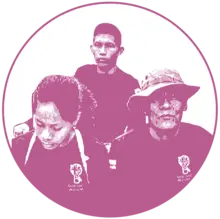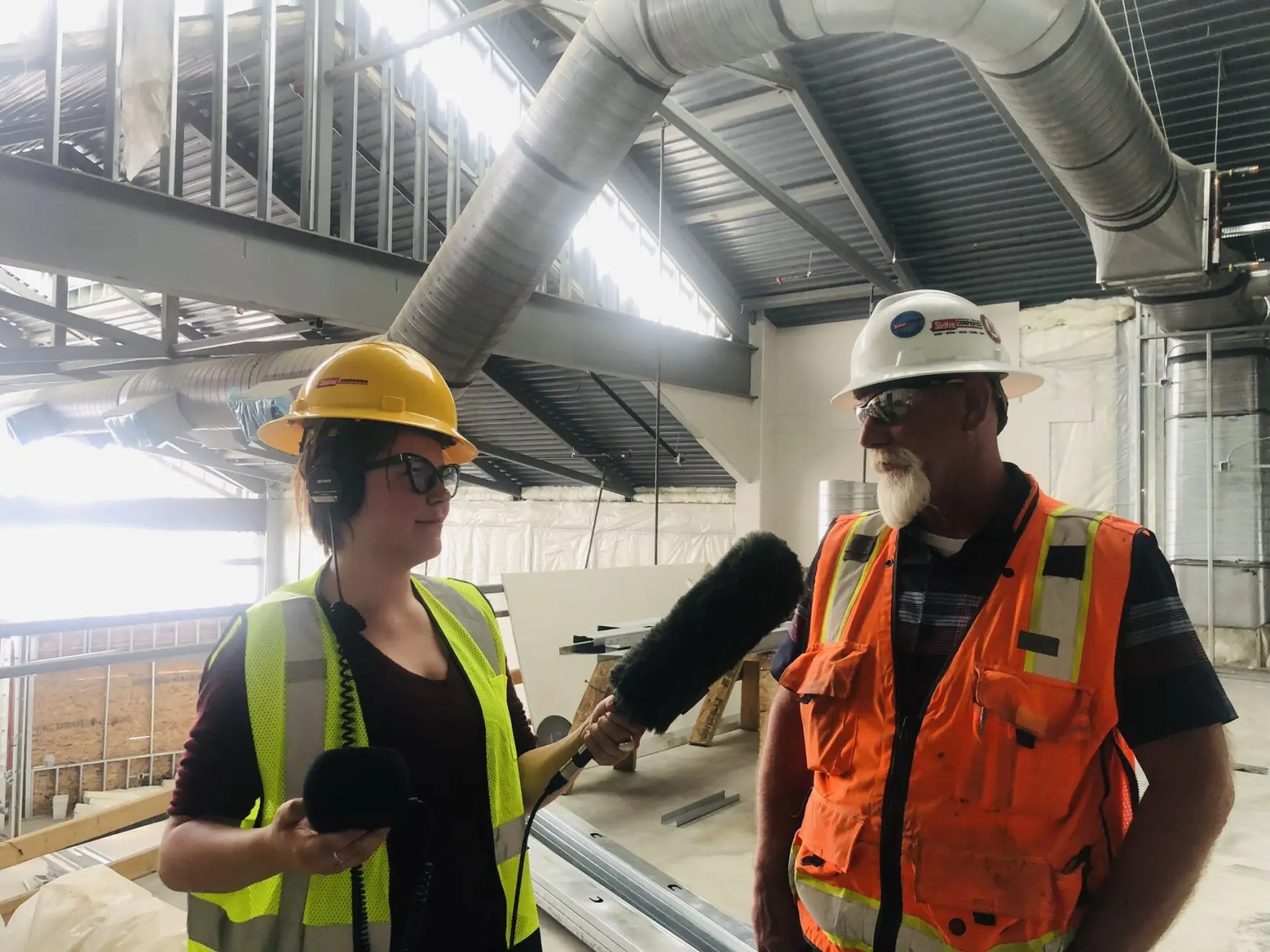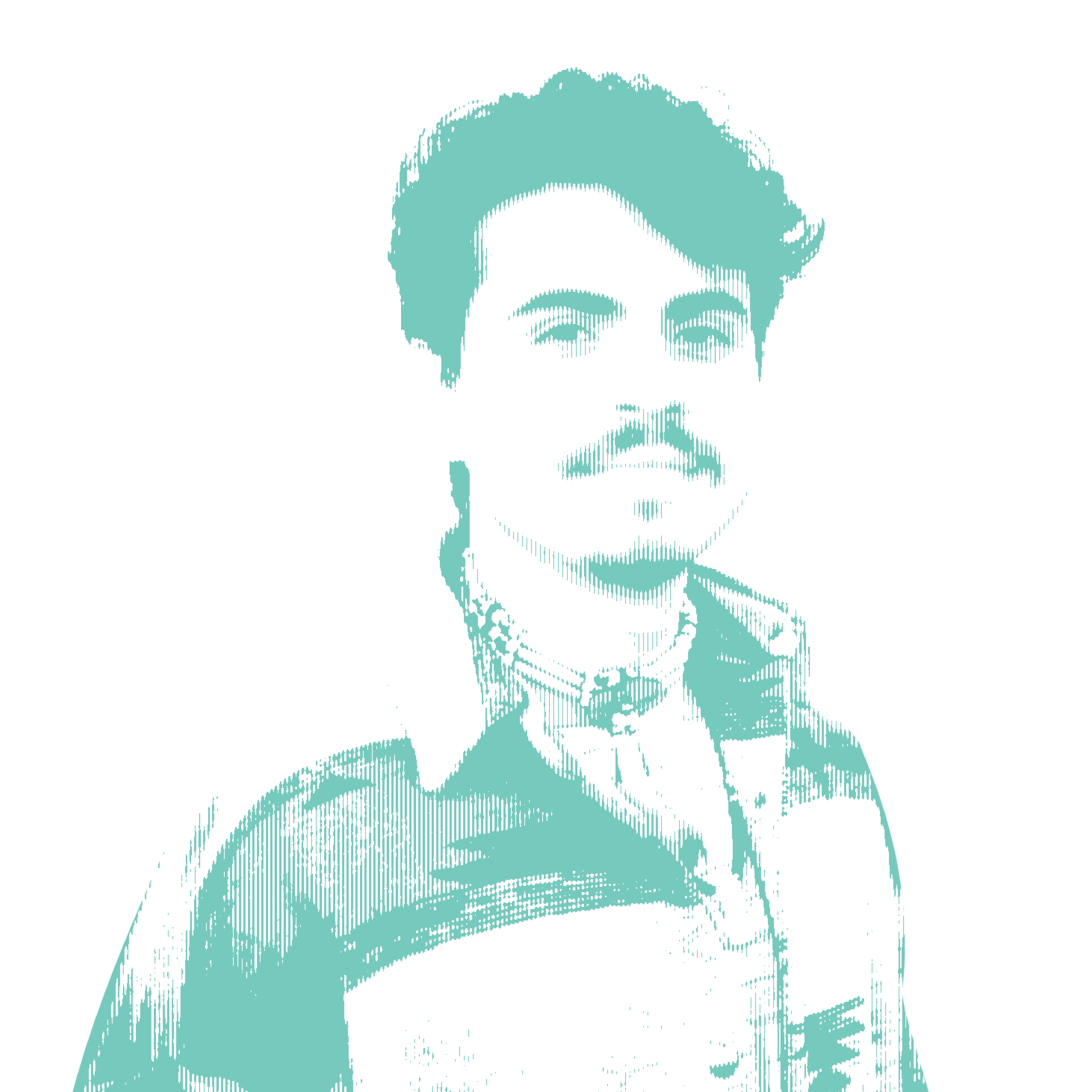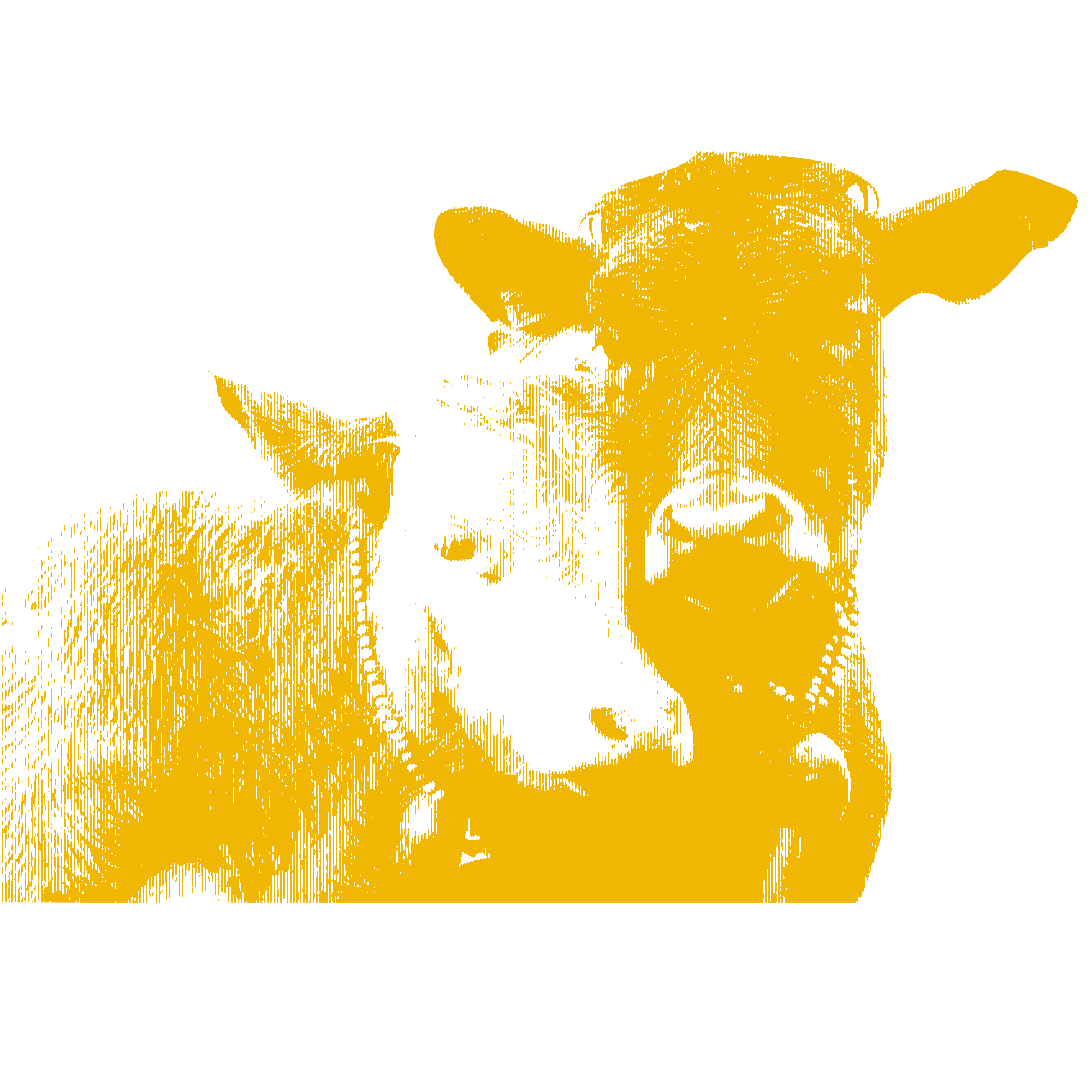
As soon as the pandemic hit, Native American tribes rolled out tough policies to combat it. The reason for the urgency goes back to a devastating history of disease that once wiped out upwards of half of tribal populations after the arrival of Europeans to the Americas. A new podcast produced at Wyoming Public Media connects the dots of the current COVID-19 pandemic with those historical ones. Wyoming Public Radio's Bob Beck sat down with The Modern West podcast's host Melodie Edwards and Shoshone and Arapaho descendant Taylar Stagner — one of the reporters on the series — to get behind the scenes on the making of "Shall Furnish Medicine."

As a nonprofit journalism organization, we depend on your support to fund coverage of Indigenous issues and communities. Donate any amount today to become a Pulitzer Center Champion and receive exclusive benefits!
Bob Beck: Welcome to both of you. Melodie, how did this project come about?
Melodie Edwards: Well, I had been talking to Savannah [Maher], who was our reporter covering the Wind River Reservation, and she had been working on covering the pandemic from the get-go. We kept having this situation where, when I would edit her, we both were kind of trying to figure out how to put context in because there's so much disease in Native American history. And so as we started kind of talking about it how the only way that we can really get into this is to try and do this through long-form storytelling, like podcasting. And so I reached out to her and she was game, and then we thought, 'Hey, we're going to need some help here.' And so then we kind of hooked Taylar in to join us on this project.
BB: Well, speaking of Savannah Maher, who's one of the reporters on this, she opens the series with a trip home for a traditional clambake during the pandemic. How'd you make that happen?
ME: Yeah, that was a little tricky. But we did have kind of like a window of time when the numbers were starting to plateau and all of her family had been vaccinated, she had been vaccinated. And so we were able to send her back to be able to participate in this in the ceremony. Which was just amazing, and just really brings the story to life, because she is from the Mashpee Wampanoag, one of the first tribes that had contact with Europeans, and was one of the first tribes that really felt the impact of disease. And so her storytelling is just very powerful. And I'm so glad that we were able to make sure that she was able to go home to do that.
BB: As I mentioned, Taylar Stagner is also joining us. Taylar, you interviewed one of your University of Wyoming professors for episode number one to help you trace the history of disease. Why'd you pick him? And what did you learn from interviewing him?
Taylar Stagner: Yeah, Jeff Means was my professor when I was getting my undergraduate [degree]. And I remember him being kind of a pivot point in my undergraduate [studies] about learning about my own tribes, and just about the broader history of disease in general. And so when Melodie came to me with this idea, I referred back to a lot of the articles and books that he taught us. And it really did ground us on a nice timeline from first contact — like when we start with Savannah — all the way up to going across the United States. So I really enjoyed talking with him again,
BB: Taylar, why was it important to visit the [Fort Peck] health clinic as it's under construction?

TS: At the time, I was the Indigenous Affairs reporter for Yellowstone Public Radio, and so I was covering all of the 12 tribal communities in Montana. And so while I was working on this, in my free time I was doing all this reporting anyway on COVID's effect on all these distinct tribes in Montana. And I caught wind of this wonderful wellness center going up on Fort Peck reservation in the northeast corner of Montana and it was just wonderful to go visit. It was a beautiful drive and it just really opened my eyes to how many different projects are going on in these tribal communities that center the whole person. It's not just about, 'Your arm is broken, let's fix the arm, let's get you out of here. Here's a huge doctor bill!' These communities are taking care of people in a way that considers the whole person, body, and soul. What's your job situation look like? What's your spiritual situation look like? So just to go and to see people in the Assiniboine community, building the bricks and laying the framing of this health care center that's going to help the community so much, it was just so important for me to see the impact something like that was going to have on the community.
BB: In episode number three, Savannah Maher includes interviews from across the Mountain West. How did you come by such rich audio?
ME: Yeah, that episode was really amazing because Savannah actually had been the reporter on Wind River and then she ends up getting a job in Albuquerque and continues to cover the pandemic from there. So she has this wide range of opportunities where she was covering the pandemic from the minutes that it started on Wind River in Wyoming. And then she was able to go and do lots and lots of interviews as well on the Navajo Reservation and interviewed all sorts of people just across the Mountain West who are really experiencing this up close and personal. And she was able to document the chronology of it as it happened. And the main thing that was amazing about Savannah's reporting was just that she made sure that she centered all of it with real people's lives. We still got to hear lots and lots of administrators and doctors and all of those kinds of folks as well. But she really made sure that she found families and talked to them and really made their lives the focus of her reporting. And that was what made that episode just a really heart-wrenching and beautiful exploration of how this pandemic unfolded.
BB: Also, tell me about all the artists you brought together for this project?
ME: Yeah, that was one of the cool things about this project. And I'm gonna have to pass this back to Taylar because she helped me so much. These were all connections that she had. But we were really excited because when we got the Pulitzer Center grant, one of the things that we made sure we budgeted was funds for artists to make sure that we had Native American illustrators, actors, musicians…. I kind of had that in the back of my mind from the get go that I really wanted to make sure that we had as many Native American voices top to bottom on this project.
TS: Well, I did a piece for Wyoming Public Radio about a comic book set on the Wind River Reservation in the Shoshone community, and that was written and illustrated by Zach Kennah. He's a descendant. So it's a beautifully illustrated horror comic that I did a few months before we decided to do this project. So we brought him on to do all the wonderful illustrations for the piece. And then my friend Sean Francis, who's Shoshone as well, he owns Fremont Music over [in] Lander. We've always been talking about doing a project together. So he did all the music. He's a very, very talented guitarist, percussionist, songwriter. He has his own music projects going on on the Wind River right now. He's just incredible and it was just really nice to see all these people come together on this project.









